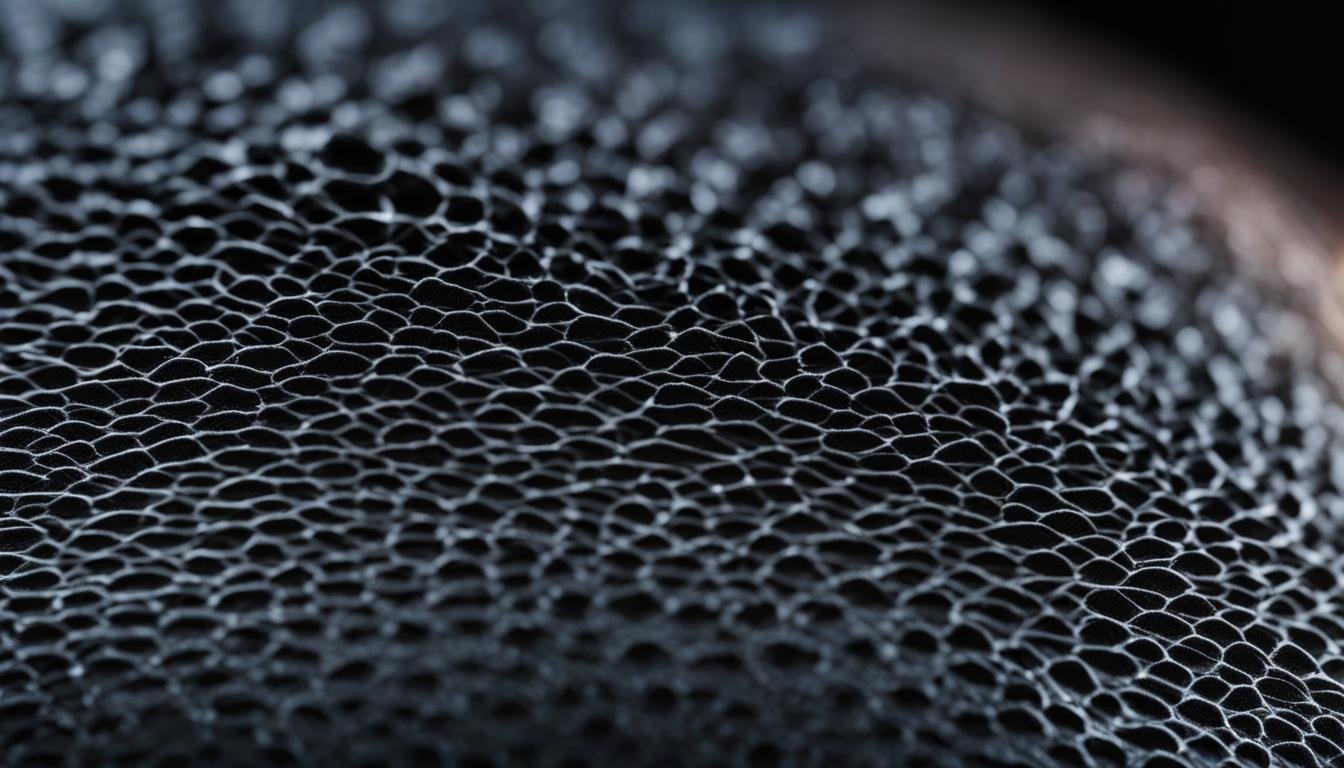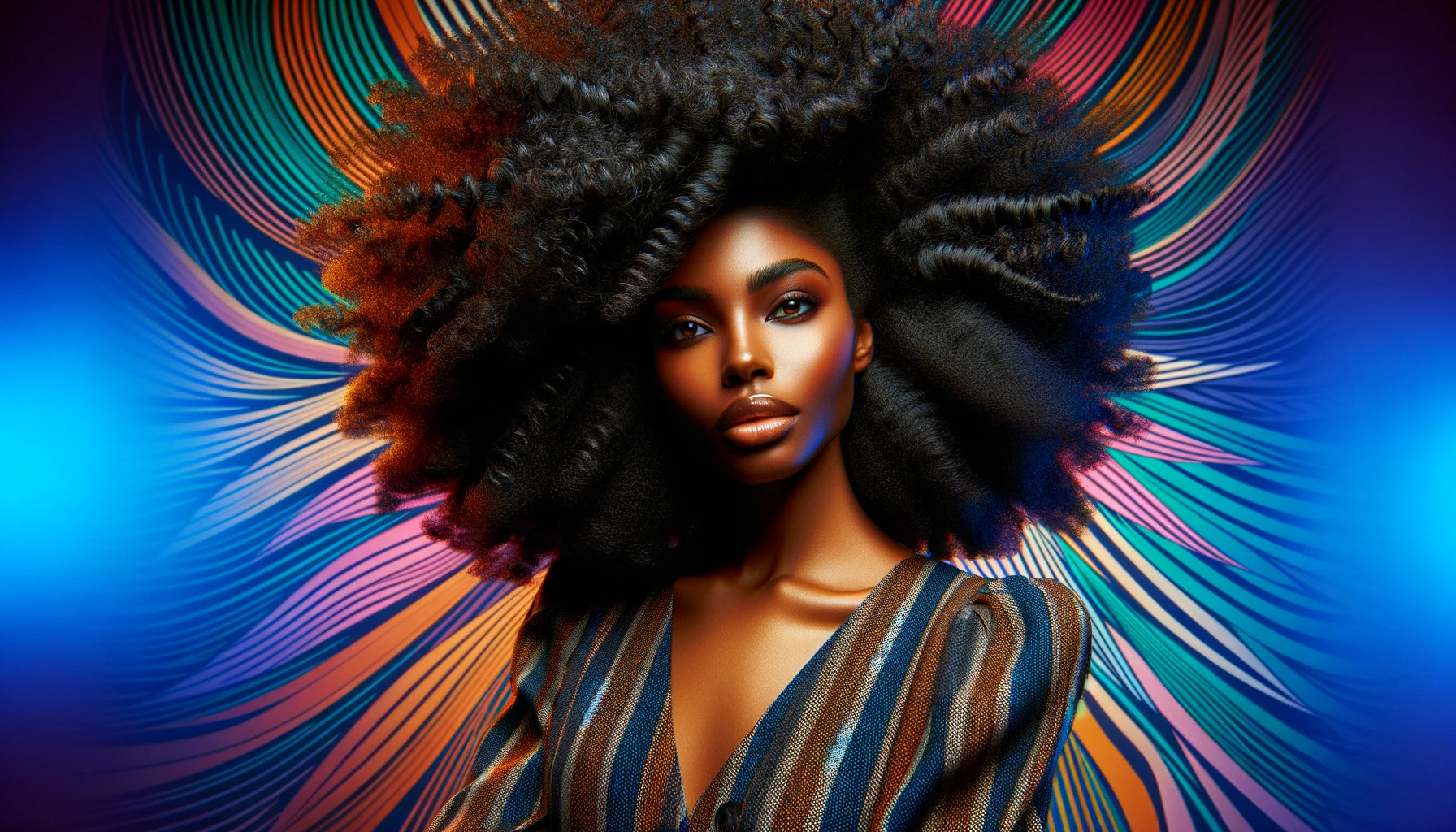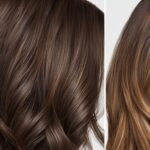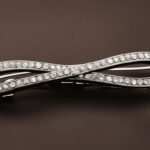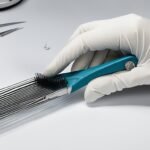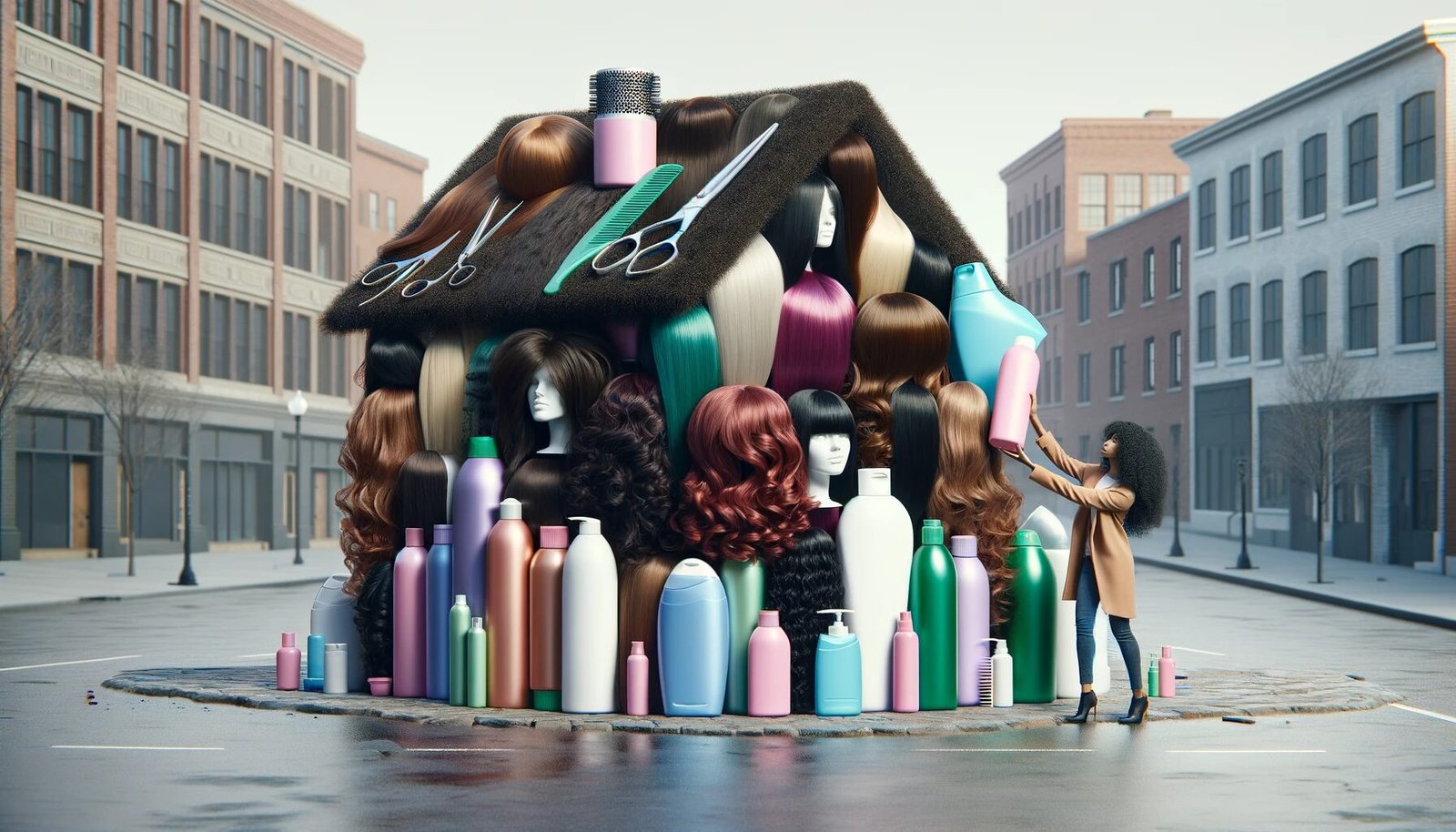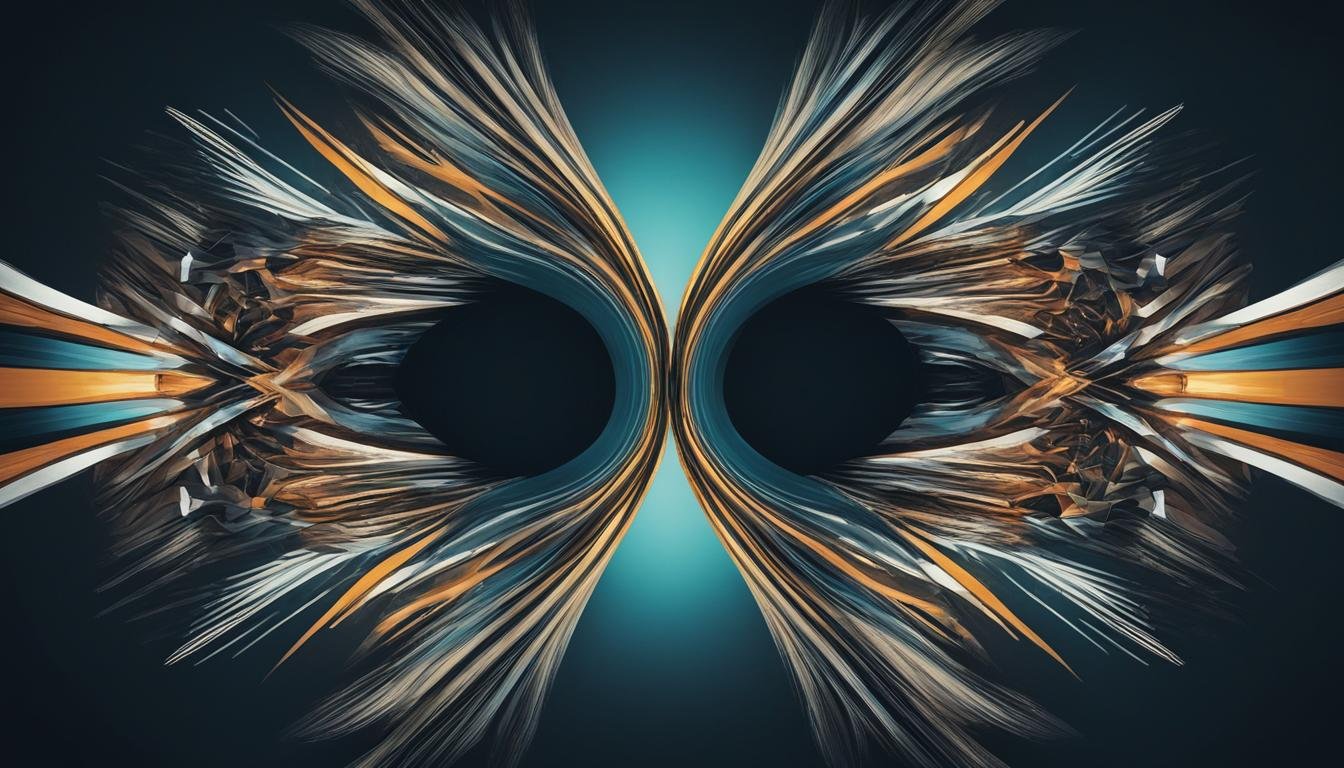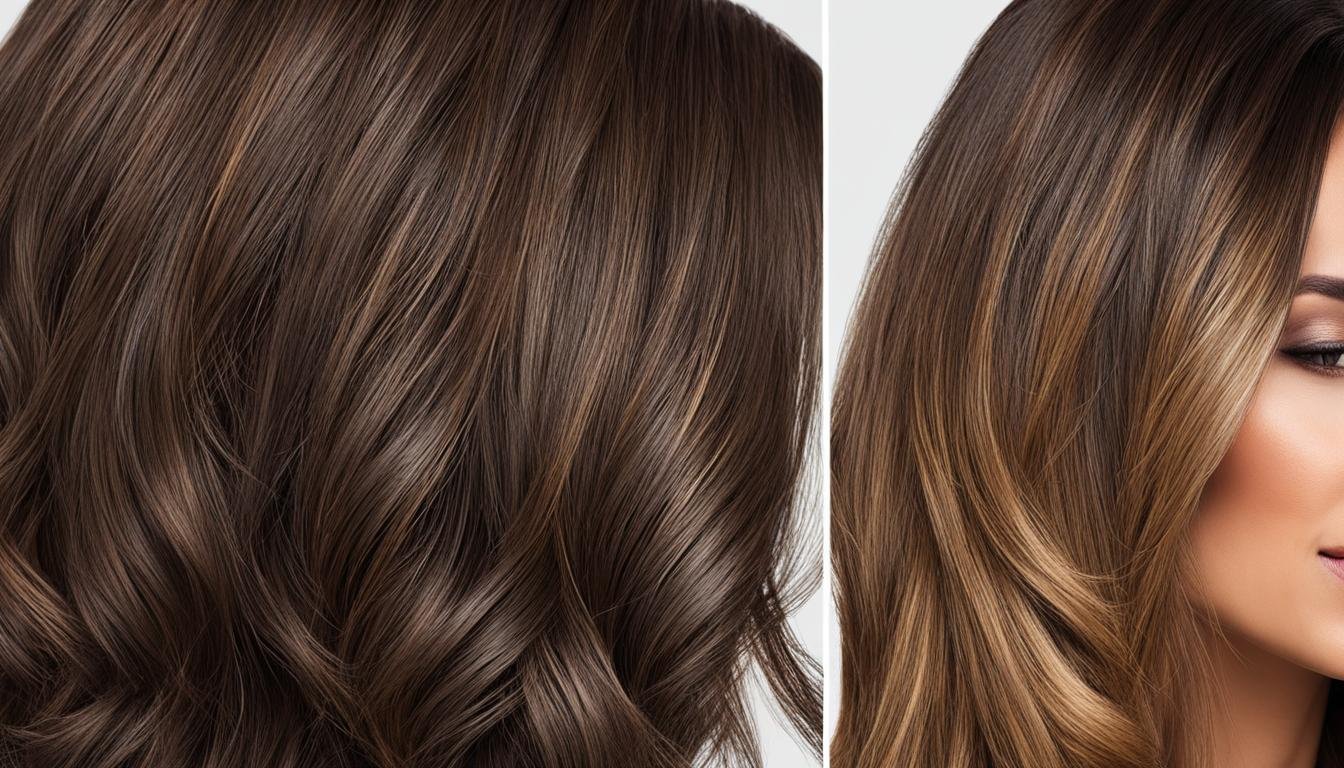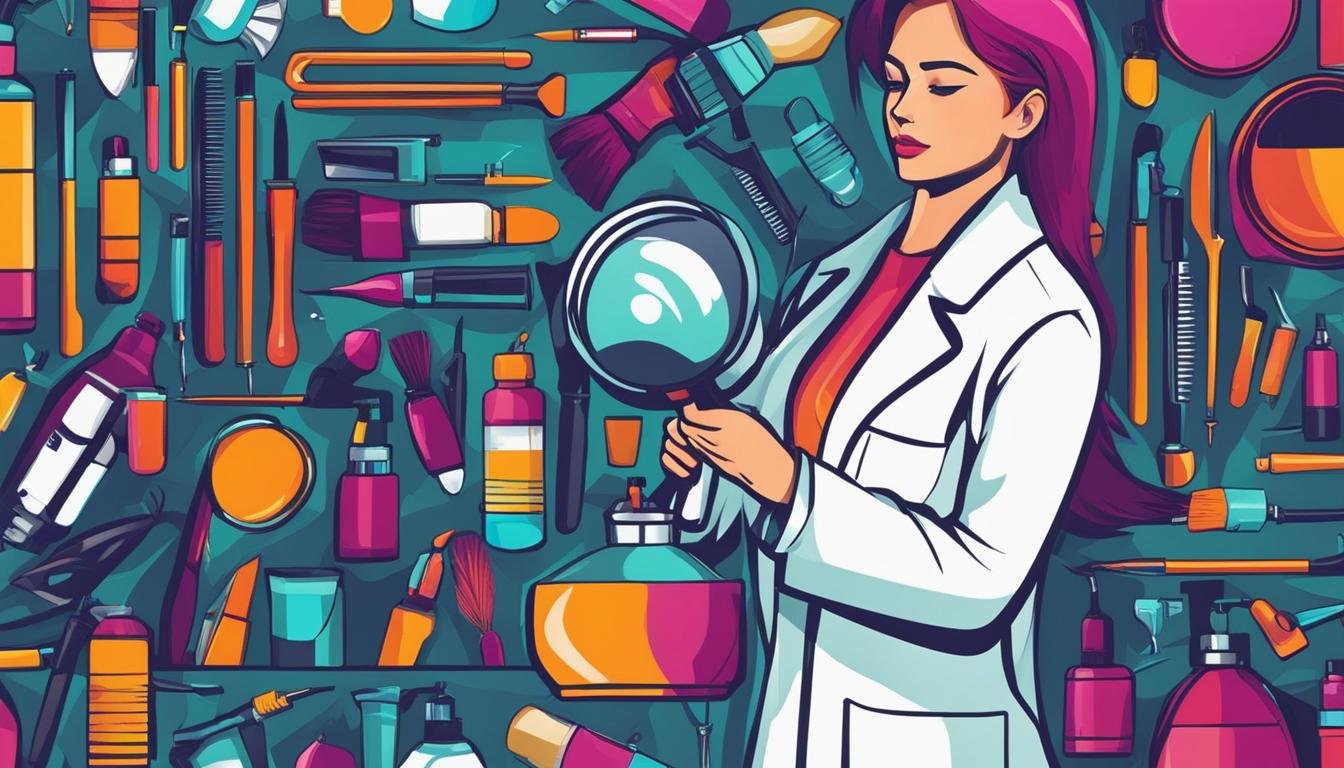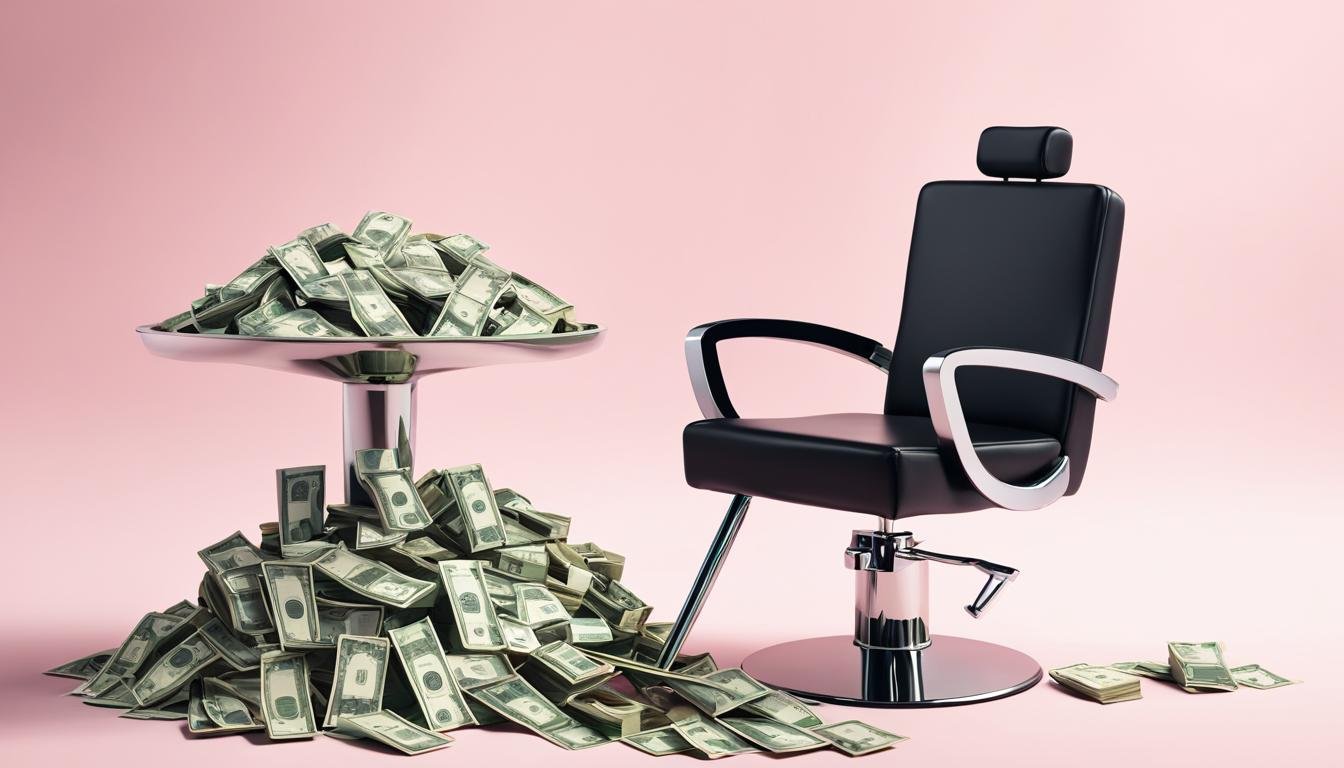Have you ever wondered why your hair follicle appears black? The answer lies in the fascinating process of hair pigmentation and the production of melanin. Melanin, a pigment responsible for hair and skin color, plays a crucial role in determining the color of our hair follicles.
Black hair follicles indicate an active production of melanin by specialized cells called melanocytes, which are located in the hair follicles themselves. The more melanin produced by these melanocytes, the darker the hair follicle will appear.
Understanding the biology of hair follicles and the coloring process sheds light on the factors that contribute to the black color of hair follicles. Genetics, age, stress levels, and overall health can all influence the production of melanin and, consequently, the color of our hair follicles.
By delving into the intricacies of hair follicle biology and the melanin production process, we can gain a better understanding of why our hair follicles may be black, paving the way for effective hair care and maintenance.
The Science Behind Black Hair Roots
In understanding the color of hair roots, it is essential to delve into the science behind the hair growth cycle and the role of melanocytes in melanin production. Melanocytes are specialized cells found in the hair follicles that produce melanin, the pigment responsible for hair color.
Melanin infuses the hair with color, and black hair roots signify active melanin production. The color of hair roots is influenced by various factors, including genetics, age, stress, and overall health.
During the hair growth cycle, hair goes through three main phases: anagen, catagen, and telogen. In the anagen phase, the active growth phase, melanocytes produce melanin that colors the hair root. This is why the hair closest to the root tends to be black in color.
As a person ages, melanocytes may become less active, resulting in a decrease in melanin production. This can lead to the appearance of gray hair or even white hair when melanin production ceases entirely.
Hair regrowth is also influenced by the hair growth cycle. After a hair follicle goes through the telogen phase, which is a resting phase, a new hair is produced. This new hair may have black roots, indicating that melanin production has resumed and is active again.
The science behind black hair roots is complex and multifactorial, influenced by genetics, age, stress, and overall health. Understanding this process can help individuals gain insights into their hair color and regrowth.
| Hair Growth Cycle | Melanin Production | Hair Color |
|---|---|---|
| Anagen Phase | Active melanin production | Black |
| Catagen Phase | Decreased melanin production | Gray |
| Telogen Phase | No melanin production | White |
| Hair Regrowth | Resumed melanin production | Black |
Club Hair and The Role of Melanin
Club hairs play a vital role in the hair growth cycle and contribute to the overall health and appearance of our hair. Understanding the role of melanin in club hairs can provide insights into hair shedding and regrowth.
During the final stage of the hair growth cycle, club hairs are formed. These hairs feature a bulb of keratin protein at the root tip, which serves as an anchor, keeping the hair firmly attached to the follicle. The presence of melanin gives club hairs their characteristic dark color at the root.
Melanin is a pigment that gives color to our hair, skin, and eyes. It is produced by specialized cells called melanocytes, which are located in the hair follicles. Melanocytes produce melanin and transfer it to the growing hair strands through tiny granules.
As the hair growth cycle progresses, club hairs eventually enter the shedding phase. During this phase, the old club hairs are pushed out of the follicles, making way for new hair growth. The shedding of club hairs is a normal part of the hair growth cycle and allows for continuous renewal and regrowth of the hair.
Hair shedding can vary from person to person and can be influenced by various factors such as genetics, age, hormonal changes, diet, and overall health. However, the presence of melanin in club hairs provides important insights into the hair shedding process.
The Role of Melanin in Hair Shedding
Melanin not only gives color to our hair but also contributes to its strength and health. It provides protection against ultraviolet (UV) radiation and helps maintain the structural integrity of the hair shaft. Additionally, melanin plays a role in the regulation of hair growth and the hair growth cycle.
During the shedding phase, the club hairs’ melanin production gradually decreases, leading to a loss of color at the root. This is why shed hairs often appear lighter or even white compared to the rest of the hair. The decrease in melanin production also signifies the end of the hair’s life cycle, as the follicle prepares to produce a new strand of hair.
It is important to note that the shedding of club hairs is a natural process and is not necessarily indicative of any underlying issues or concerns. However, if you experience excessive hair shedding or notice significant changes in your hair, it is advisable to consult a healthcare professional for further evaluation and guidance.
Understanding the role of club hairs and the influence of melanin in the hair shedding process can help us appreciate the complexity of hair growth and maintenance. By taking care of our hair and maintaining a healthy lifestyle, we can support the natural hair growth cycle and promote strong, vibrant, and beautiful hair.
What is Club Hair?
Club hair is a natural part of the hair growth cycle. It refers to the final stage of the cycle, known as the telogen phase, which is the resting phase of hair follicles. During this phase, the hair follicle remains dormant while a new hair begins to grow beneath it. Club hairs can be identified by the presence of a bulb of keratin at the root tip, which keeps the hair firmly anchored in the follicle until it is ready to shed.
The Hair Growth Cycle
The hair growth cycle consists of three main phases: anagen, catagen, and telogen.
- Anagen Phase: This is the active growth phase where cells in the hair follicle divide rapidly, and the hair shaft grows. It can last for several years.
- Catagen Phase: Also known as the transitional phase, this is a short transition period when the hair follicle shrinks and detaches from the blood supply. It marks the end of active hair growth.
- Telogen Phase: During this resting phase, the hair follicle remains inactive while the new hair begins to form beneath it. Club hairs are formed in the telogen phase. Eventually, the club hair sheds, and the cycle starts again.
On average, individuals can shed up to 100 club hairs per day, which is considered a normal part of the hair growth cycle. However, excessive shedding or a prolonged telogen phase may indicate an underlying issue that should be evaluated by a healthcare professional.
Causes of Club Hair
Club hairs, characterized by their bulb of keratin protein at the root, occur when a hair follicle enters the resting phase and becomes dormant. Various factors can contribute to this phenomenon, resulting in hair shedding and noticeable changes in hair density. Understanding the causes of club hair can help identify underlying issues that may require further attention and treatment.
Reduced Blood Flow to the Hair Follicles
Inadequate blood flow to the hair follicles can disrupt their normal functioning, leading to the formation of club hairs. Factors such as poor circulation, vasoconstriction, and certain medical conditions can restrict blood flow and impair the hair growth cycle. Improved blood circulation can be achieved through regular exercise, a balanced diet, and certain hair care practices.
Medical Conditions
Several medical conditions can contribute to the development of club hairs. Conditions that affect hormonal balance, such as hyperthyroidism and hypothyroidism, can disrupt the hair growth cycle and cause excessive shedding. Iron deficiency anemia, a common nutritional deficiency, can also affect hair health and lead to club hair formation.
Infections, particularly of the scalp and hair follicles, can result in inflammation and disruption of the hair growth cycle. Additionally, hormonal changes during pregnancy and childbirth can cause temporary hair loss and the formation of club hairs.
Stress and Lifestyle Factors
Stress, both physical and emotional, can contribute to hair shedding and the formation of club hairs. Chronic stress can disrupt hormonal balance, decrease blood flow to the scalp, and impair the overall health of the hair follicles. It is important to manage stress through relaxation techniques, exercise, and a healthy lifestyle.
A poor diet lacking essential nutrients can also impact hair health and contribute to club hair formation. Inadequate intake of vitamins, minerals, and proteins can weaken the hair follicles and disrupt the hair growth cycle. A well-balanced diet rich in fruits, vegetables, lean proteins, and healthy fats is important for maintaining healthy hair.
Medications
Certain medications can cause club hair formation as a side effect. Examples include chemotherapeutic drugs, anticoagulants, anticonvulsants, and beta blockers. These medications can disrupt the hair growth cycle and lead to excessive hair shedding. If you’re experiencing club hair formation while taking medication, it is important to consult with your healthcare provider for further evaluation and possible alternatives.
Understanding the causes of club hair can help individuals identify potential underlying issues that may contribute to excessive hair shedding. Addressing these factors through lifestyle changes, treatment of underlying medical conditions, and consultation with healthcare professionals can help promote healthier hair growth and reduce the formation of club hairs.
Medical Conditions and Club Hair
Certain medical conditions can contribute to excessive shedding of club hairs. These conditions include hyperthyroidism, hypothyroidism, iron deficiency anemia, infection, and hormonal imbalances.
Hyperthyroidism is a condition where the thyroid gland produces an excess of thyroid hormones, which can accelerate the hair growth cycle and lead to increased shedding of club hairs. Conversely, hypothyroidism, where the thyroid gland produces insufficient thyroid hormones, can cause hair follicles to enter a resting phase, resulting in excessive hair shedding.
Iron deficiency anemia, characterized by low levels of iron in the body, can impair the production of hemoglobin, leading to reduced oxygen supply to the hair follicles. This can weaken the hair shaft and contribute to increased club hair shedding.
Infections, such as fungal infections of the scalp, can cause inflammation and damage to the hair follicles, resulting in excessive hair shedding.
Hormonal imbalances, including fluctuations in estrogen and progesterone levels, can disrupt the normal hair growth cycle and lead to increased shedding of club hairs.
In addition to medical conditions, certain medications can also contribute to excessive shedding of club hairs. These medications include hormone therapy, anticonvulsants, anticoagulants, and beta blockers. It’s important to consult with a healthcare professional to determine if any medications you are taking may be causing excessive hair shedding.
Diagnosis and treatment of the underlying medical condition are crucial for managing excessive hair shedding and promoting healthy hair growth.
| Medical Conditions | Effect on Club Hair |
|---|---|
| Hyperthyroidism | Accelerates hair growth cycle, leading to increased shedding of club hairs |
| Hypothyroidism | Causes hair follicles to enter a resting phase, resulting in excessive hair shedding |
| Iron deficiency anemia | Impairs the production of hemoglobin, leading to weakened hair shafts and increased club hair shedding |
| Infection | Causes inflammation and damage to hair follicles, resulting in excessive hair shedding |
| Hormonal imbalances | Disrupts the normal hair growth cycle and leads to increased shedding of club hairs |
| Medications (such as hormone therapy, anticonvulsants, anticoagulants, beta blockers) | Contributes to excessive shedding of club hairs |
When to Seek Medical Attention
If you are experiencing excessive hair loss, noticeable bald patches, or significant hair thinning, it is crucial to seek medical attention. These symptoms can be indicators of underlying issues that require professional evaluation and treatment.
When you consult a healthcare professional, they will perform a thorough scalp examination to assess the condition of your hair and scalp. This examination can help identify any visible signs of alopecia, fungal infections, or male/female pattern hair loss.
In addition to the scalp examination, your healthcare provider may recommend blood tests to check for any underlying medical conditions that could be contributing to your hair loss. These tests can provide valuable insights into your overall health and help determine the most appropriate treatment approach.
In some cases, a scalp biopsy may be necessary to gather more information about the health of your hair follicles. This procedure involves taking a small sample from your scalp for further analysis. It can help diagnose conditions like alopecia more accurately and guide the treatment plan.
